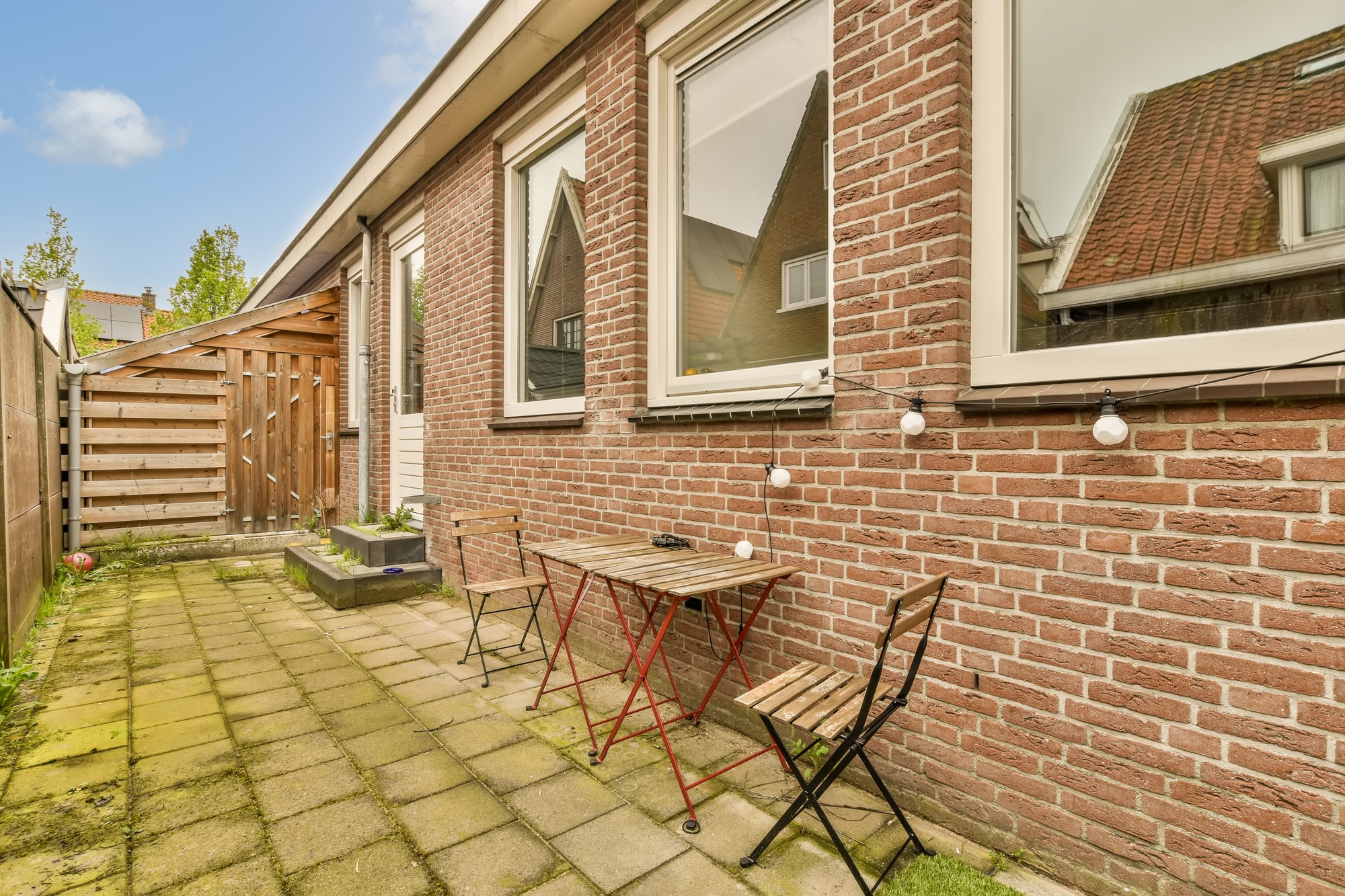Texas continues to demonstrate robust growth in the housing sector, as new data from the U.S. Census Bureau shows the state leading the nation in new-home construction.
Over recent months, Texas has maintained a steady increase in housing development, driven by a combination of economic expansion, population growth, and favorable land policies. This trend underscores Texas’s position as a key player in the national real estate market, attracting both developers and homebuyers alike.
The census data specifically indicates that Texas has outpaced other states in the number of new residential units built, reflecting a surge in construction activity. The report highlights that the state’s homebuilders are responding to rising demand, especially in suburban and urban areas where infrastructure and amenities are rapidly expanding.
Impacts of this trend are widespread. Local economies benefit from increased employment opportunities in construction and related industries. Homebuyers are also experiencing more options and competitive prices, fueling further growth in the housing market.
Market analysts see this development as a sign of confidence in Texas’s economic outlook. The increased construction activity may also influence mortgage rates, property values, and regional development policies moving forward.
Looking ahead, attention will focus on how ongoing supply chain issues, inflation, and interest rate changes could influence future construction trends and housing affordability in Texas and beyond.
Why is Texas leading in new-home construction?
Texas’s favorable land policies, population growth, and economic expansion are key factors driving the increase in new homes.
How does this trend affect the national housing market?
Texas’s growth can influence national trends by setting a pace for development, impacting supply and demand dynamics across the U.S.
What challenges might affect future construction in Texas?
Potential challenges include supply chain disruptions, rising material costs, and changing interest rates that could slow down the pace of new home building.








